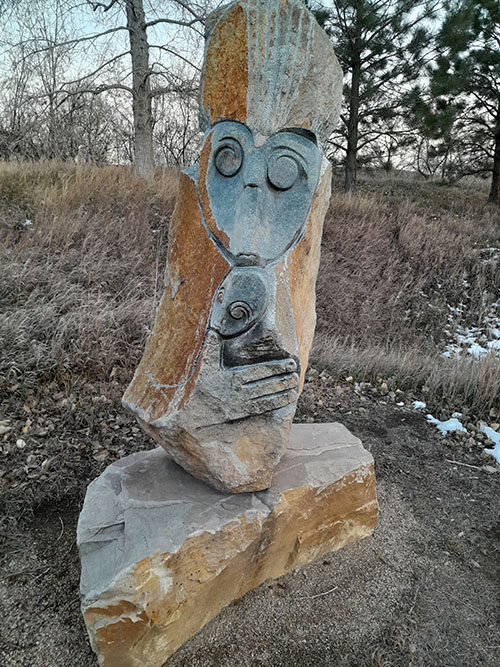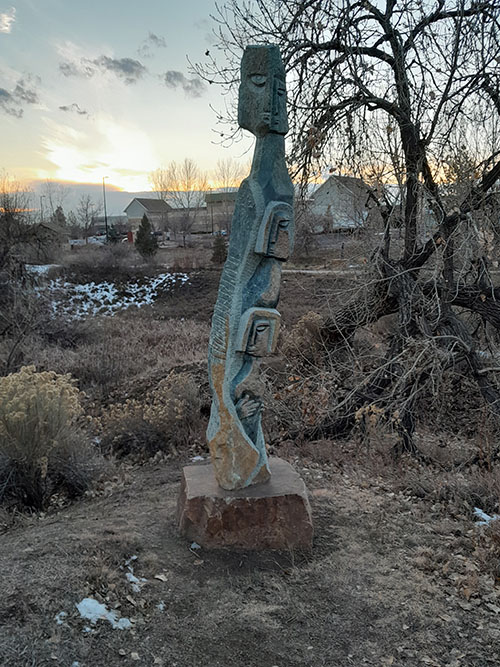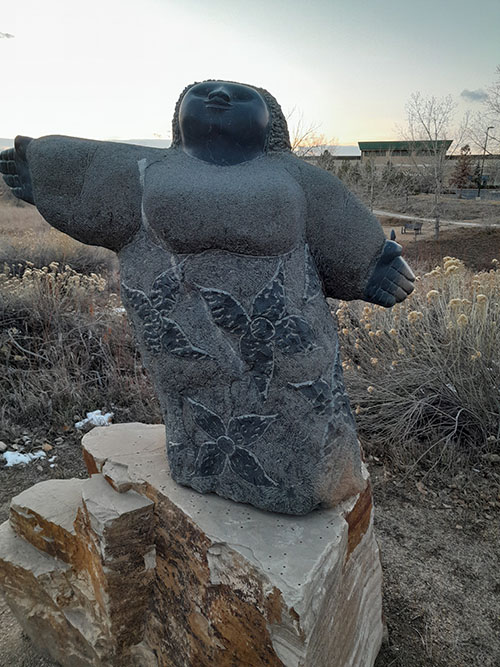So I serendipitously started on my drive to work this past Saturday evening at the exact time a Hidden Brain episode mentioned how research shows that recipients of gifts prefer experiential gifts more than material gifts. I thought I was coming in to the middle of a discussion only to realize after listening to the whole recording of the episode that I started my car at the moment 34:30 into the show that host Shankar Vedantam and Carnegie Mellon University researcher Jeff Galak started discussing the data.
This is the time of year a lot of arts and culture organizations encourage people to buy tickets or gift certificates and give experience as a gift so the topic aligns well with our interests. Galak says that all else being equal in terms of price, experiences tend to bring more joy to recipients than material objects. The problem he says, is that givers don’t appreciate this which creates a disconnect.
This comes up a number of times in the episode where people don’t apply the lessons they learn as recipients to their giving. I almost wonder if it is somewhat related to the perception that no one experiences problems like you do and are all happier. In this case, it is believing that others don’t enjoy the same type of gifts as you do. Perhaps, this is exacerbated by marketing and advertising that portrays people enjoying material things in order to sell those things.
Vedantam also posits that it might be related to the fact that the giver sees the visible expression of joy at receiving an object whereas the expression of joy at an experience is delayed until it happens at a later time.
Galak says that expect for his kids, he pretty much exclusively focuses on gifting experiences. He and his wife are of a similar mind on this and exchange gifts in this fashion. He says the best gift his parents can repeatedly give is coming into town and watching his kids while he and his wife get away.





Thanks for what you are doing to bring cultural change to the arts. It is so important to represent everyone.…